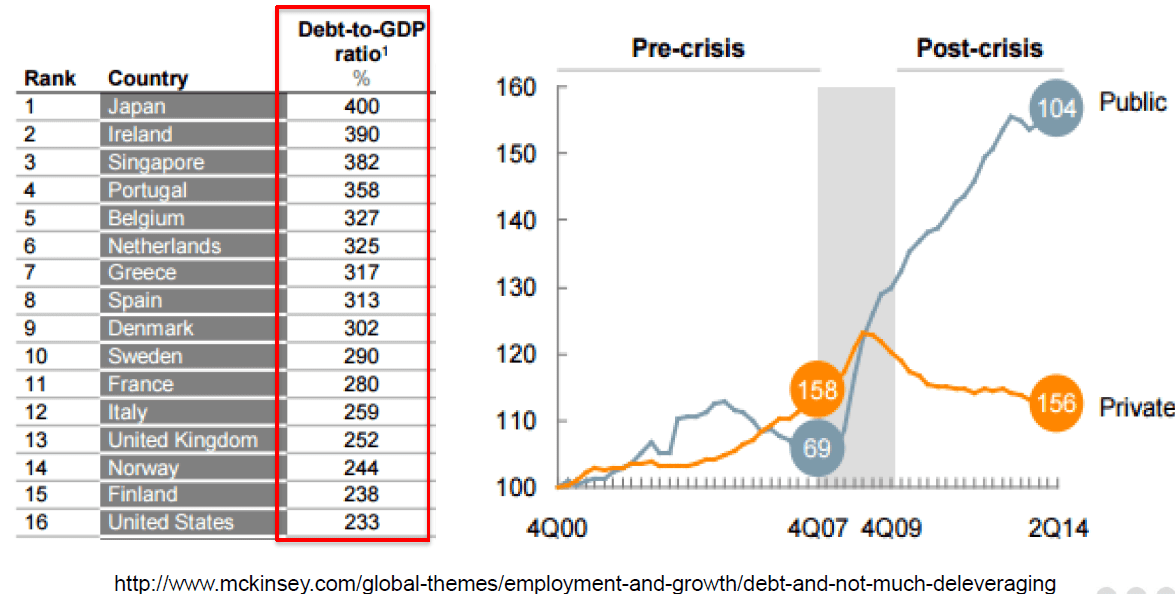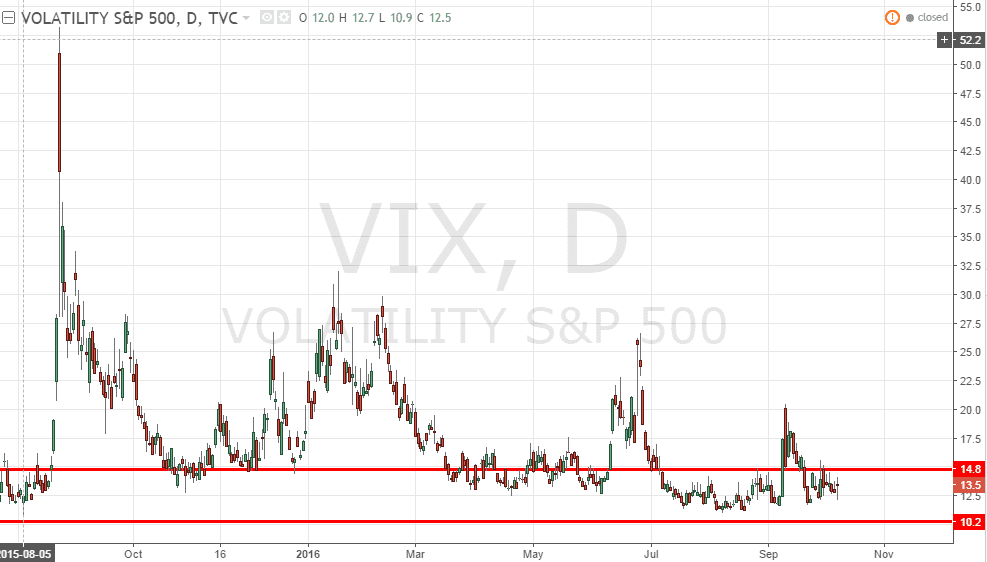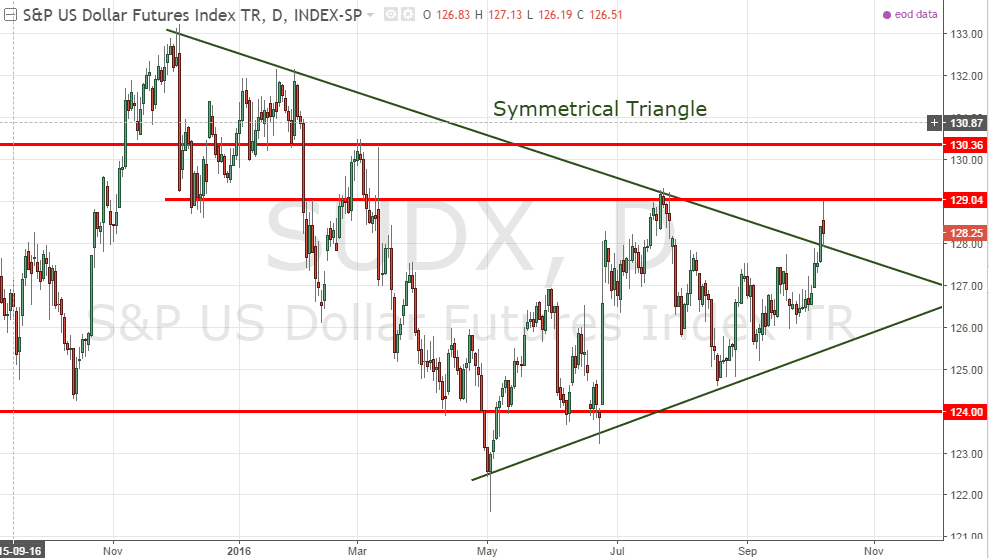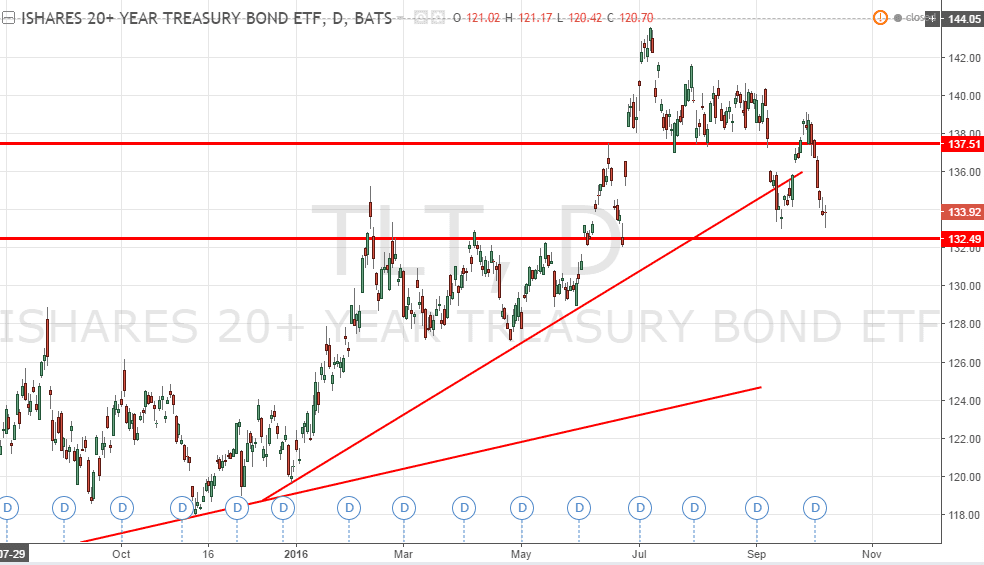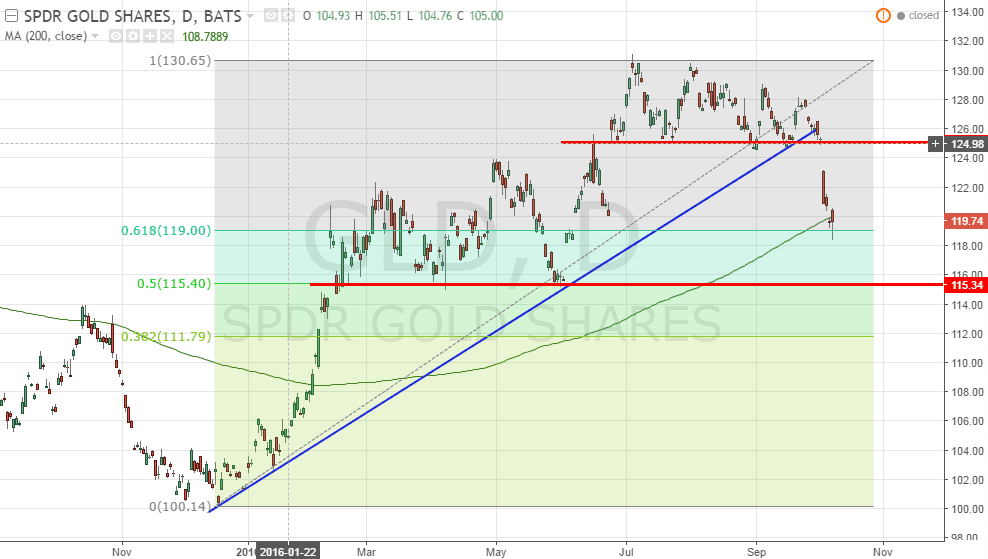3 Essential Questions to Investment Portfolio for Retirement Planning
Chew Hock Beng
Q1: How much savings does one need for retirement?
When to start, and much funds should be set aside per month?
 This really depends on your lifestyle. Take your current expenses as a gauge. For basic retirement , $1,000 per month. Then you need to have some ideas how long you need this income to fund. In other words, you need to have some ideas about life expectancy. Life expectancy, on average, is around 80 years of age.
This really depends on your lifestyle. Take your current expenses as a gauge. For basic retirement , $1,000 per month. Then you need to have some ideas how long you need this income to fund. In other words, you need to have some ideas about life expectancy. Life expectancy, on average, is around 80 years of age.
For simple and straight-forward calculation, we do not consider inflation, so the retirement lump sum would be $12,000 x 20 yrs = $240,000 for a basic lifestyle. So if you’re considering $2,000 per month, the retirement lump sum would be $480,000.
Let’s say, a person aged 40 wanted to retire at age 65, so he has has 25 years to accumulate his retirement fund. His desired retirement monthly income is $2,000, so based on 3% inflation, it will be inflated to $4,187.56 (This is equivalent to $2,000 in Today’s Dollars) (n= 25 years, i%=3% inflation rate, Present Value = -$2,000, compute Future Value) And if he’s going to live another 20 years, i.e. age 85, the retirement fund of about $770,031 based on a net return of 3% (6% return – 3% inflation).
What this means is to have retirement monthly income of $2,000 (today’s dollars), you need to accumulate about $770,031 retirement fund by age 65 to draw down the desired monthly income to age 85.
This shall form the basis for his retirement goal planning.
Q2: Are Singaporeans saving or investing enough to have a comfortable retirement?
Personally, I don’t think Singaporeans are heading towards their retirement plan. Most people probably thought that their Central Provident Fund (CPF) could be adequate for their retirement needs. For most Singaporeans, they probably rely on CPF for their retirement. But what CPF Life provides only a basic need of about $800-$1200 monthly retirement income.
(On how to calculate how much you need to have, please refer to Q1)
Some also feel that they could sells/downgrade their house. But the question is can they able to adapt and cope with the new lifestyle? And not forgetting to take care of our younger adult kids who might find it expensive to acquire their future dream home and set up their family.
More often than not, most of my younger clients feel retirement is still long long long way to go. They take ownership of this reason and so they postpone their plan with this purpose.
So if we want to retire more comfortably, we probably have to save more now and as early as you can. This is another reason on the risk of not saving enough for our retirement that naturally lead to financial disaster. And that’s the last thing we want to take ownership.
Isn’t it true that the only person who can take care of older person you will someday be is the younger person you are today? So the person who can take care of the older person someday in the future is the younger person we are now.
So let’s start retirement saving as soon as possible.
Q3: How can one grow the retirement nest egg through investing? What products would you recommend?
Firstly, you need to know which assets are earmarked for. More importantly, you need to know how much of your capital assets has been set aside for retirement purposes.
We need to set up a disciplined saving program, which I call it “Save first, spend later” program.
In this program, you need to set aside a portion of your income, say 10% – 20% for this purpose, depends of your desired retirement lifestyle. Though retirement is many many many years ahead, it’s best to have an estimates of how much. This provides you a sense of certainty and gives you some piece of mind.
CPF OA and SA could be another capital assets, after clearing your housing loan, set aside funds for children’s tertiary education, if any, for retirement accumulation.
Another alternative for high-income earner. You may consider Supplementary Retirement Scheme (SRS). This is suitable for you who want to save some taxes and at the same time able to accumulate their retirement nest egg.
Of course, you could create a investment portfolio, after setting up your emergency fund of at least 6 months of your monthly expenses.
A low risk portfolio (20% Equity 80% Bond) or a medium portfolio (60% Equity , 40%Bond) could be a good start.
We will share more on the retirement planning in our upcoming event on how to construct and build your retirement portfolio without losing your sleep. Please register your attendance HERE as seats are limited.
See other event here. https://mystocksinvesting.com/events/


